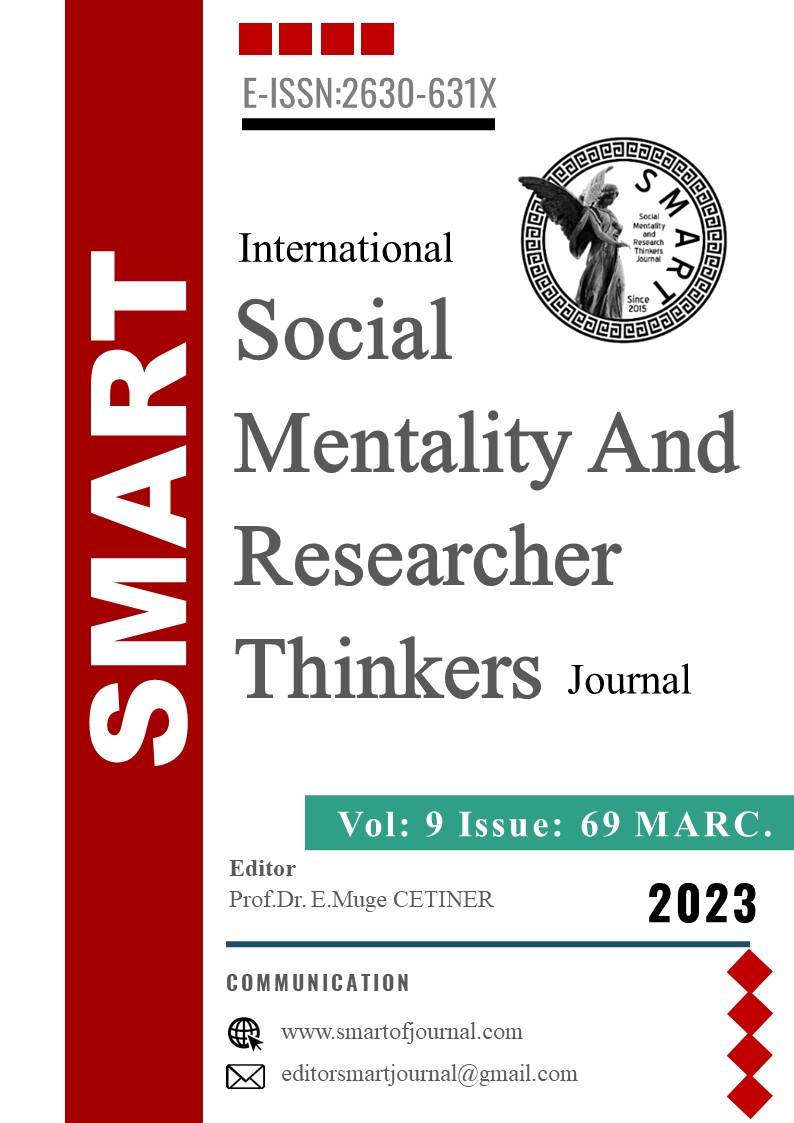Endüstriyel Üretim Prefabrike Betonarme Sistemlerin Mimari Yapılarda Kullanım Alanları ve Standart Betonarmeye Göre Avantajları
Author :
Abstract
Bu makalede, endüstriyel üretimin günümüzde birçok alanda kendini göstermek olmasından kaynaklı mimari anlamda yapı sektöründeki yerini anlatmaktadır. Endüstriyel üretimin süreci hızlandırması, iş gücünü minimalize etmesi ve çevresel anlamda sürdürülebilir çözümler sunması nedeniyle son dönemde oldukça fazla alanda ürün üretmeye başlamıştır. Mimari yapı sektöründe geleneksel olarak ifade edilen standart betonarme sistemler halen yaygın olarak kullanılmaktadır. Üretimde malzemenin aynı olmasına rağmen süreçteki farklı girdiler; maliyet, kalite, zaman, iş gücü, çevresel etkiler vb. prefabrike üretim betonarme sistemlere göre farklılık göstermektedir. Makalenin ilerleyen kısımlarında bu farklılıkların neler olduğu ve endüstriyel üretimin mimari yapı alanındaki kullanım alanlarına değinilmiştir. Prefabrike betonarme sistemler üretim yeri ve şantiye alanına taşınmasına kadar olan süreçte hangi yapısal elemanların ihtiyaçları karşılayabilmekte olduğunu bakılmıştır.
Mimari yapı sektöründe en çok kullanılan malzeme olarak halen betonarme karşımıza çıkmaktadır. Betonarme ile üretilen yapıların yapı ömrü yaklaşık 40-50 yıl gibi olmasından kaynaklı sürdürülebilir yapılar olduğu söylenebilir. Ancak üretim sürecinde yeterli hassasiyetin gösterilmediği durumlarda kullanılan malzeme için gerekli olan su kullanımı, demir donatıdaki atık miktarı ve moloz olarak ifade edilen beton kalıntılarının yaratmış olduğu çevresel ve ekolojik zararlar göz ardı edilmemelidir. Bu noktada endüstriyel üretim önemli bir rol oynamaktadır.
Prefabrike üretim makalenin de içeriğinde yer aldığı gibi hem mimari yapı sektöründe birçok alanda ürün çözümü sağlarken aynı zamanda hem çevresel anlamda hem de uzun vadede ekonomik anlamda faydalar sağladığı görülmektedir.
Keywords
Abstract
In this article, it explains its place in the building sector in terms of architecture, to the fact that industrial production shows itself in many areas today.The fact that industrial production accelerates the process, minimizes the workforce and offers environmentally sustainable solutions, it has recently started to produce products in many areas.
Standard reinforced concrete systems, which are traditionally expressed in the architectural construction sector, are still widely used.Although the material is the same in production, different inputs in the process; cost, quality, time, labor, environmental effects, etc. prefabricated production differs according to reinforced concrete systems.
In the following parts of the article, what these differences are and the usage areas of industrial production in the field of architectural structure are mentioned.It has been examined which structural elements can meet the needs in the process until the prefabricated reinforced concrete systems are transported to the production site and the construction site.
Reinforced concrete is still the most widely used material in the architectural construction sector. It can be said that the structures produced with reinforced concrete are sustainable structures to the fact that the structure life is about 40-50 years.However, in cases where sufficient sensitivity is not shown in the production process, the use of water required for the material used, the amount of waste in the iron reinforcement and the environmental and ecological damages caused by concrete residues expressed as rubble should not be ignored. At this point, industrial production plays an important role.
As it is included in the content of the prefabricated production article, it is seen that while providing product solutions in many areas in the architectural construction sector, it also provides benefits both in terms of the environment and in the long term in economic terms.





